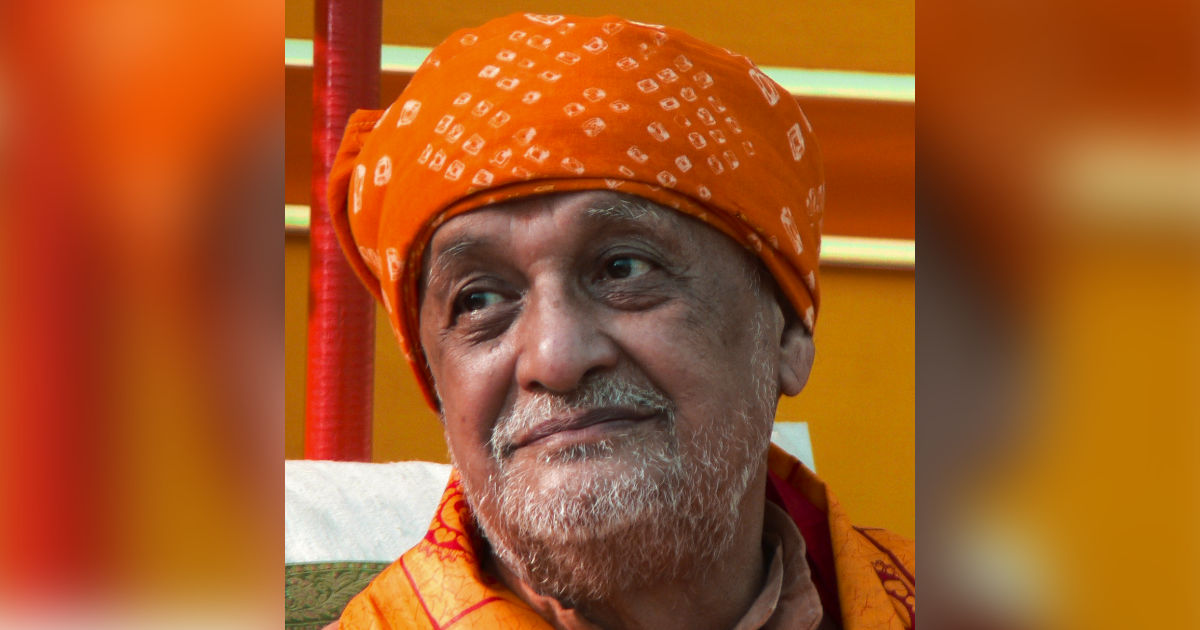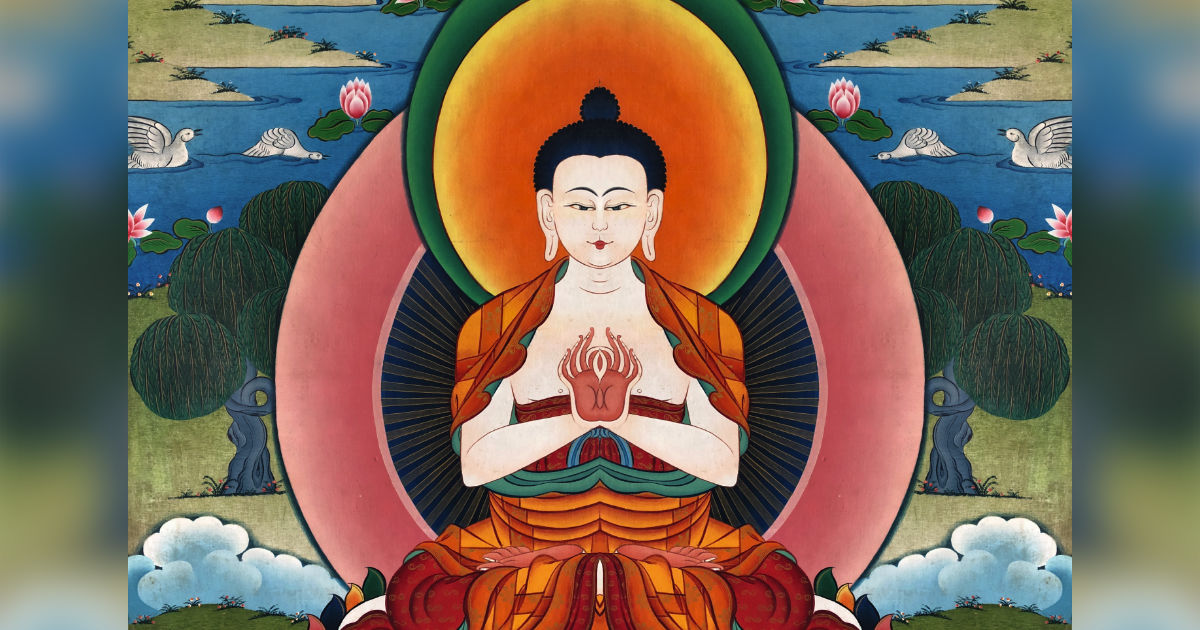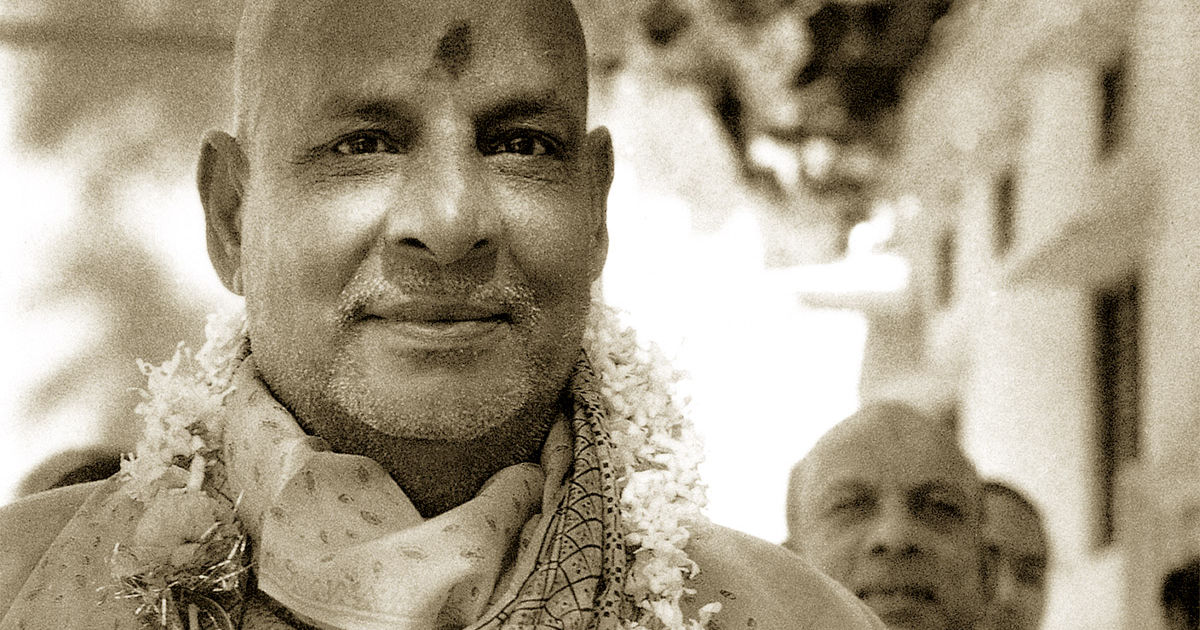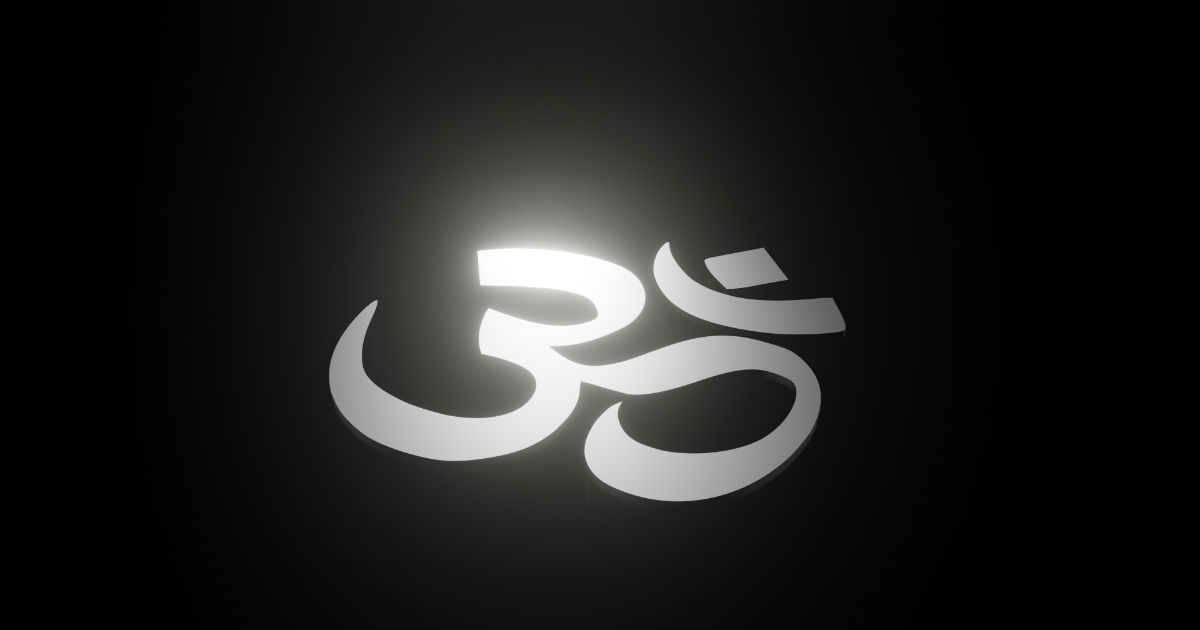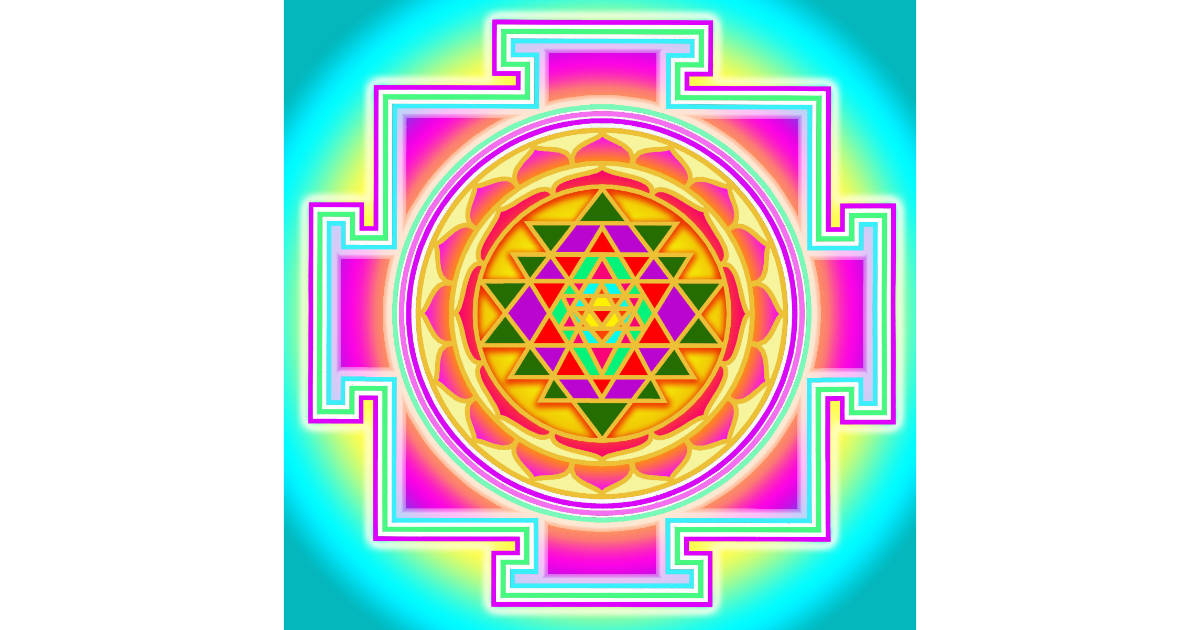Salutations to the Supreme Lord of the Universe.
Peace is a divine attribute. It is the quality of the soul. It fills the pure heart.
Peace, God, Atma, Freedom, Moksha—are synonymous terms.
Realize
Peace through meditation, devotion, Japa and prayers.
Cultivate peace in the garden of your heart by removing the weeds of
Lust, hatred, greed, selfishness, and jealousy.
Calm the mind. Be still.
Be in tune with the Divine will.
Be good. Do good to others. Make others happy.
See God in all. – ‘Message of Peace’ by Swami Sivananda
I have extracted this message from Swami Sivananda’s words. Continue reading


